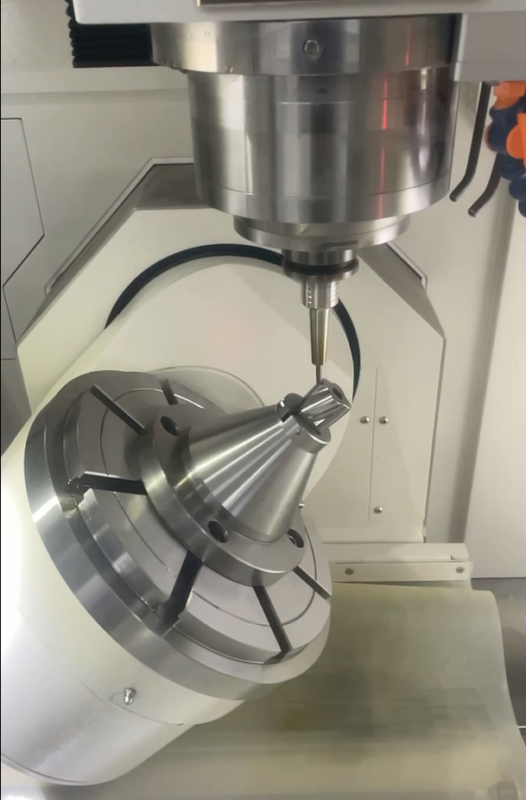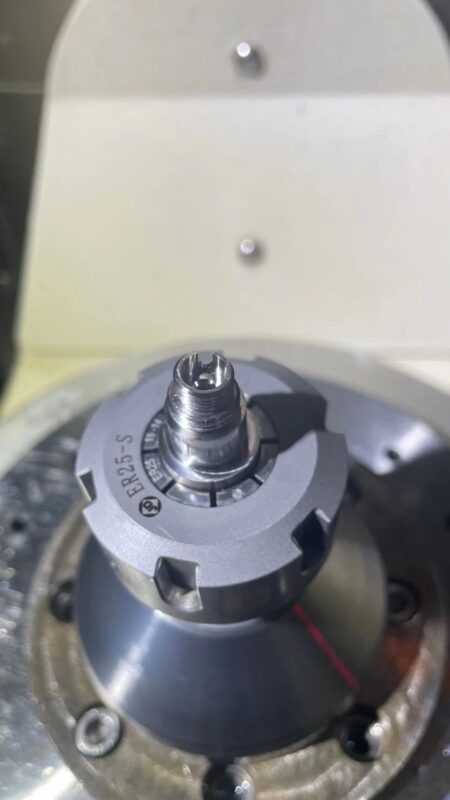As a five-axis machining center engineer, I will share with you the methods of machining titanium alloy special-shaped parts using a five-axis machining center, as well as the key points of titanium alloy processing.

I. Preparation
Titanium alloy processing requires the use of special cooling fluids, which can effectively reduce temperature, reduce wear, and maintain stable machining quality. At the same time, we need to choose special tools suitable for titanium alloy processing to ensure cutting quality and tool life.
II. Programming
When writing machining programs, it is necessary to detail the parameters of each machining step, including cutting speed, feed speed, cutting depth, and feed depth. When machining special-shaped parts, it is especially important to design the cutting path to avoid cutting too deep or too shallow.
III. Machining Practice
In practical machining, it is necessary to adjust the parameters flexibly according to the actual situation to obtain the best machining effect. Generally, titanium alloy processing speed is slower, cutting depth is shallower, and the cutting path needs to be more complex to ensure machining quality and stability.

In addition to the above basic points, the following are some specific numbers and tips for your reference:
Selection of Cooling Fluid
In titanium alloy processing, the selection of cooling fluid is very important. Generally, you can choose titanium alloy special cooling fluids, which have better cooling performance, can effectively reduce tool wear and temperature, and improve processing quality and efficiency.
Cutting Speed and Feed Speed
When machining titanium alloy special-shaped parts, the cutting speed and feed speed need to be adjusted according to specific situations. Generally, the cutting speed is around 60-90m/min, and the feed speed is around 1000-3000mm/min.
Selection of Tools
When choosing titanium alloy tools, it is necessary to consider factors such as tool hardness, wear resistance, and high temperature resistance. Generally, coated tools and alloy tools can be selected, which have better hardness and wear resistance.
Design of Cutting Path
When designing the cutting path, it is necessary to consider the properties of titanium alloy to avoid problems such as cutting too deep or too shallow. Generally, progressive cutting and equal division cutting technologies should be adopted to reduce thermal deformation of titanium alloy and stress concentration during cutting.
Accuracy Requirements
The machining accuracy of titanium alloy special-shaped parts is relatively high, generally requiring about ±0.005mm. During machining, it is necessary to control the cutting depth and feed speed, as well as the wear of the tool.
In summary, titanium alloy processing is a machining process with a high technical difficulty, requiring professional knowledge and experience. During the machining process, it is necessary to pay attention to key points such as cooling fluids, tools, and programming parameters, and flexibly adjust according to specific situations to obtain the best machining effect and accuracy.